Jawhar Sircar : Member Rajya Sabha: 12th. October 2021. It’s a little difficult to say precisely — because Durga in her present form incorporates different streams, like Simha Vahini (the goddess who rides the lion), the Mahishasura Mardini (one who slays the Buffalo-Demon) and the Dashabhuja or ten-armed goddess. They evolved in different stages and ages.
The Simha-Vahini form was well known for several millennia in the Middle East and the Mediterranean region. She was worshipped as Ishtar in Mesopotamia, Astarte in Greece and Cybele in Troy.
Cybele of Turkey was, in fact, so powerful and in demand that she was taken away to Rome in 204 BC. The Roman emperors worshipped her as the “great mother of the gods”, Magna Mater Deium. Till the 4th century, her temple was located where the holy Vatican stands now.
It is quite interesting to note that her worship was known as “baptism in the blood of the sacred bull”, which reminds us of Durga spilling the blood of the buffalo. She was also referred to as the “goddess of caves” which reminds us of Durga’s origins from the words “inaccessible” or Durgam.
According to Barbara Walker, “she personified the fighting spirit of a mother protecting her young”. The Babylonian goddess Ishtar who rode a lion was referred to in the Bible by Prophet Jeremiah as Esther, the Queen of Heaven. A prayer as “she who makes the green herd to sprint up” reminds us of the goddess of vegetation or Durga as Shakambari.
The Devi or the mother goddess was also quite visible in Europe and Africa since times immemorial. We see her image in plenty in the Indus Valley. But she appears less in the Vedic period, from which we get no figurines or material evidence.
The Satapatha and Taittiriya Upanishads, however, refer to “Ambika” but it is only in the Sutras of Boudhayana and Sankhayana that the name ‘Durga’ appears, for the first time. The Epics have stray references to Devi, Sakti, etc, but the ten-armed warrior goddess was not their focus area.
The Bhisma Parva mentions Arjuna worshipping Durga and there are references to Skanda-Kartikeya killing Mahishasura. A few Puranas mention Durga, but it was only when the Devi Mahatmya section of the Markandeya Purana glorified Durga’s victory over Mahishasura that she was legitimately inducted into the Hindu pantheon.
Soon, the old Vedic triad of “Brahma, Vishnu and Maheshwar” gave way to “Vishnu, Siva and Devi” and Brahma was retired to Pushkar.
Sculptures, however, depict the goddess well before the Devi Mahatmya, but not in the present Dasha-bhuja or Ashta-Bhuja forms. The earliest we get is a terracotta image from the 1st century found at Nagar in Rajasthan. It has the Mahisha, so this Durga is Mahisha-Mardini but not yet as Mahishasura-Mardini. We see the lion and the trishul, but Durga has only four hands.
Another set of six Kushana period statues in the Mathura Museum has the trishul and the buffalo, but no lion. J N Banerjea has described in detail the mature images of Mahishasura-Mardini of the Gupta period but the first major text on Durga came only after the Gupta period.
This means while powerful forces may have worshipped her for centuries, Brahmanism accepted her (through the Puranic route) only in the late 6th or 7th century.


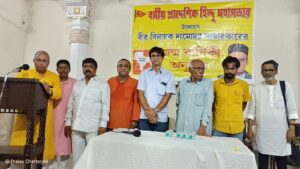
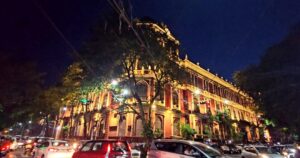
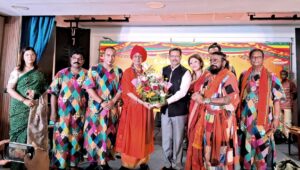

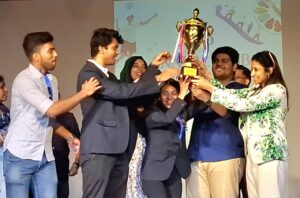
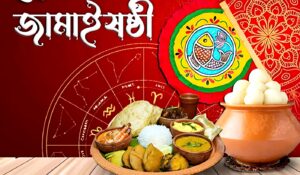

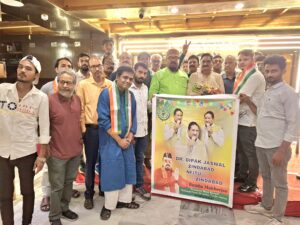

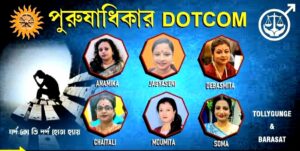

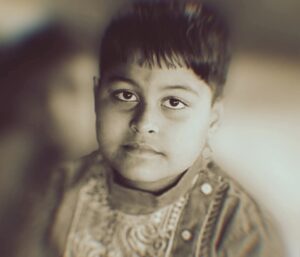


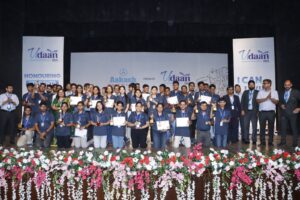

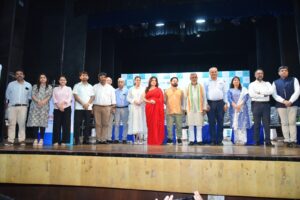
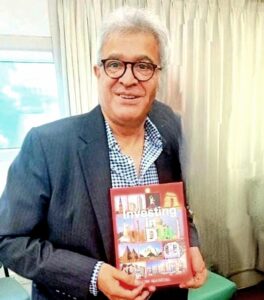


Be First to Comment